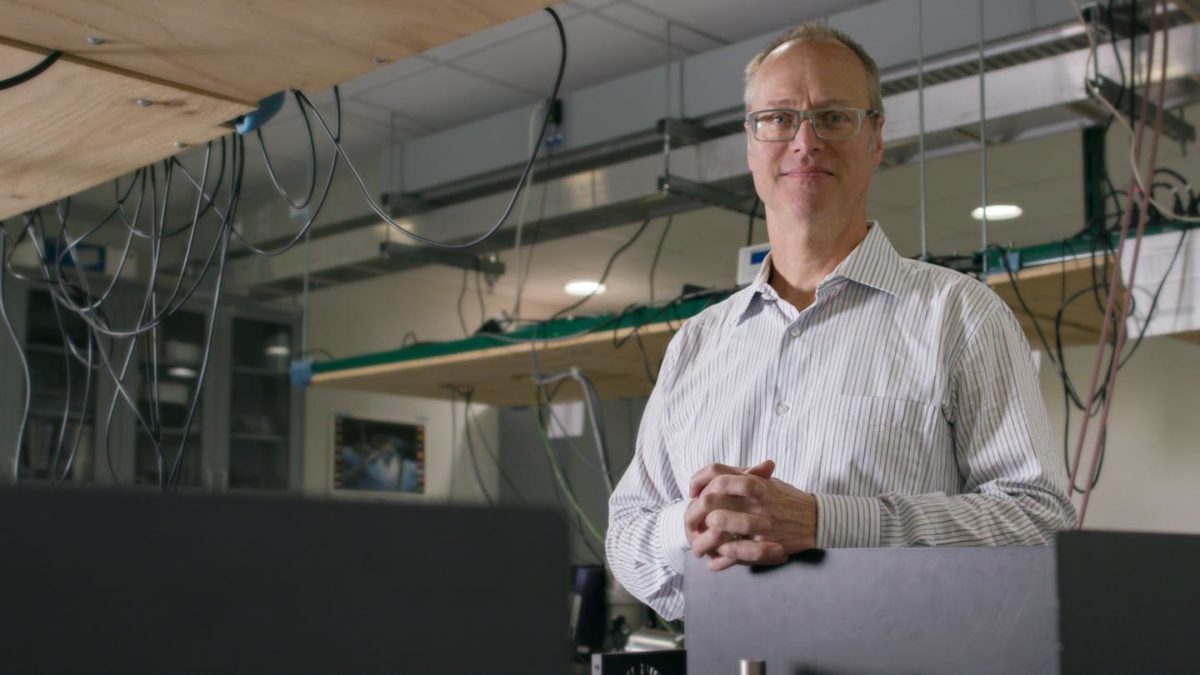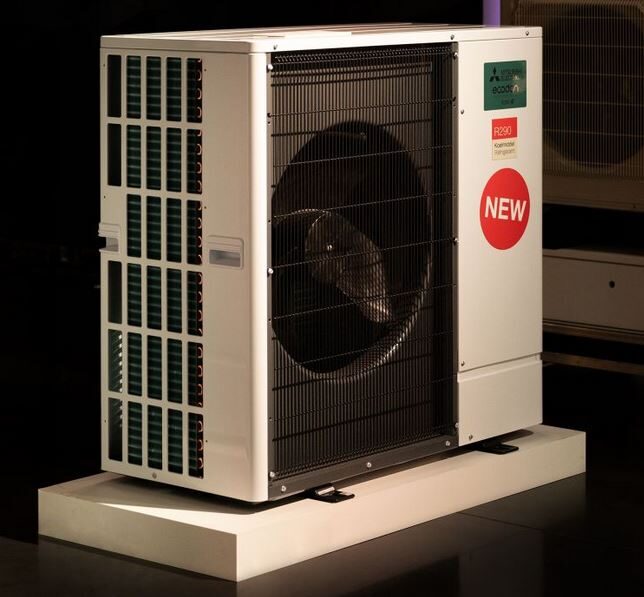The University of Toledo has secured $12.5 million in funding from the U.S. Air Force to develop photovoltaic sheets for applications in space. The technology could be used to wirelessly transmit power to Earth-based receivers, or to communication satellites.
The so-called “Photovoltaic Sheets for High-Specific-Power Space-Based Energy Harvesting” (PVS-EH) consist of modular, interconnectable, high-efficiency PV power sources fabricated on low-weight flexible substrates using scalable processing.
“The terrestrial PV industry pursues highly efficient but also increasingly large and heavy module sizes to reduce the balance of systems and installation costs at around 20 W/kg,” research coordinator Randy J. Ellingson told pv magazine. “However, PV modules for space-based solar power (SBSP) must enable very low launch weights in order to accommodate the goal of kilometer-squared array areas necessary for the generation of power at the scale of hundreds of megawatts.”
The scientists said that one space-based solar array build with the technology could include tens of millions of sheets. Its power capacity could reach up to 800 MW, they claimed. But moving forward, the US research group will apply its thin-film PV expertise to create lightweight solar sheet technologies that enable specific powers to exceed 1,000 W/kg.
“Technology will evolve from transitioning the current high-efficiency thin-film PV device architectures onto low-weight flexible substrates at laboratory scales, on the order of 1 cm to 10 cm in dimension, to the construction of deposition tools and process development for uniform, high-throughput of larger PV sheets demonstrating 20% conversion efficiencies under AM0 illumination,” Ellingson explained.
The researchers aim to develop and demonstrate tandem technologies such as perovskite on crystalline silicon, perovskite on copper, indium, gallium, and (di)selenide CIGS, as well as II-VI based tandems. The research does not include engineering interconnected arrays.
“As part of the effort to use c-Si as the narrow gap cell in perovskite tandems, UT will develop basic c-Si cell handling/finishing capabilities, including surface cleaning,” Ellingson said. “Aspects of the work include space-radiation induced degradation studies, to identify and ameliorate specific pathways associated with strong UV as well as cosmic particle irradiation.”
This content is protected by copyright and may not be reused. If you want to cooperate with us and would like to reuse some of our content, please contact: editors@pv-magazine.com.




2 comments
By submitting this form you agree to pv magazine using your data for the purposes of publishing your comment.
Your personal data will only be disclosed or otherwise transmitted to third parties for the purposes of spam filtering or if this is necessary for technical maintenance of the website. Any other transfer to third parties will not take place unless this is justified on the basis of applicable data protection regulations or if pv magazine is legally obliged to do so.
You may revoke this consent at any time with effect for the future, in which case your personal data will be deleted immediately. Otherwise, your data will be deleted if pv magazine has processed your request or the purpose of data storage is fulfilled.
Further information on data privacy can be found in our Data Protection Policy.